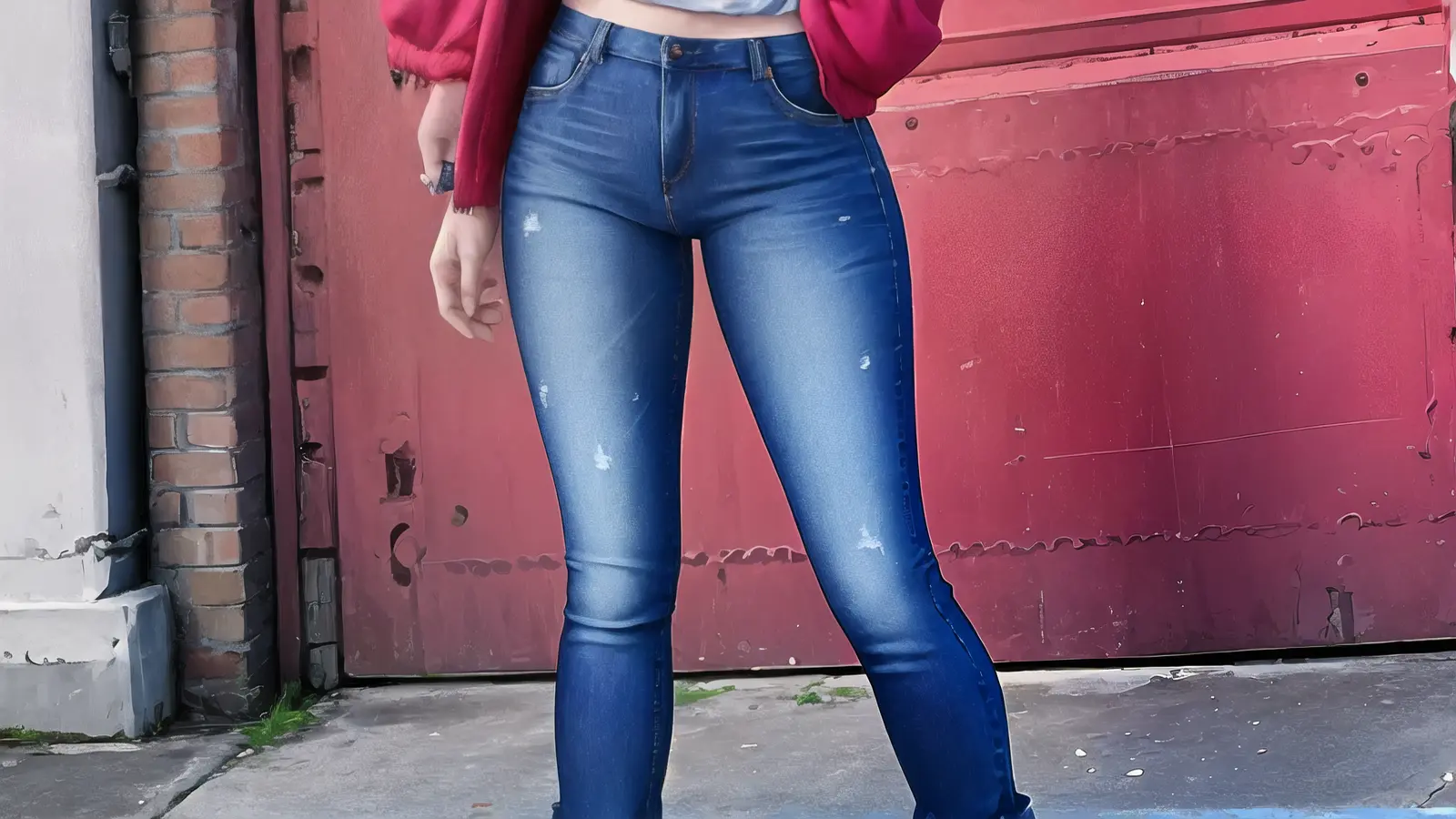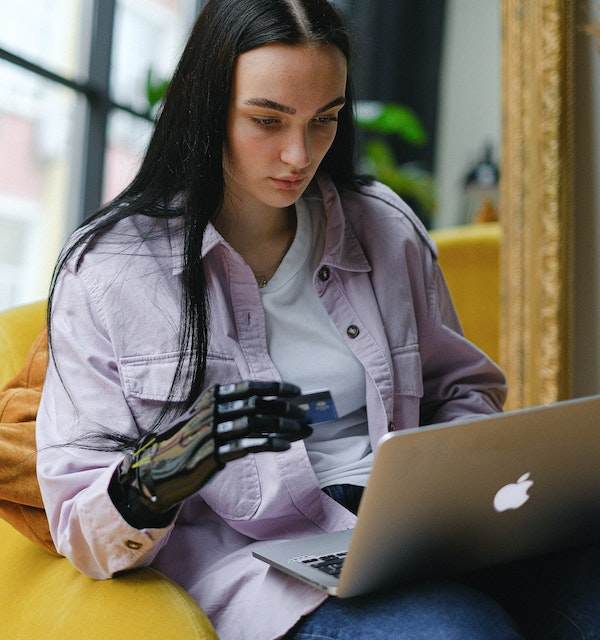Jeans are so normal, and we are all used to it around the world. But jeans history is not normal; when you know it, you will be amazed. Without a surprise. Jeans are a universal garment that brings people from all walks of life together, regardless of nationality, religion, or socioeconomic class. They can now be found in the closets of an American millionaire, a Japanese schoolboy, and a Norwegian pensioner, but it wasn’t always so. Jeans have evolved throughout the last century, as has vogue for them. Let’s go over what happened.
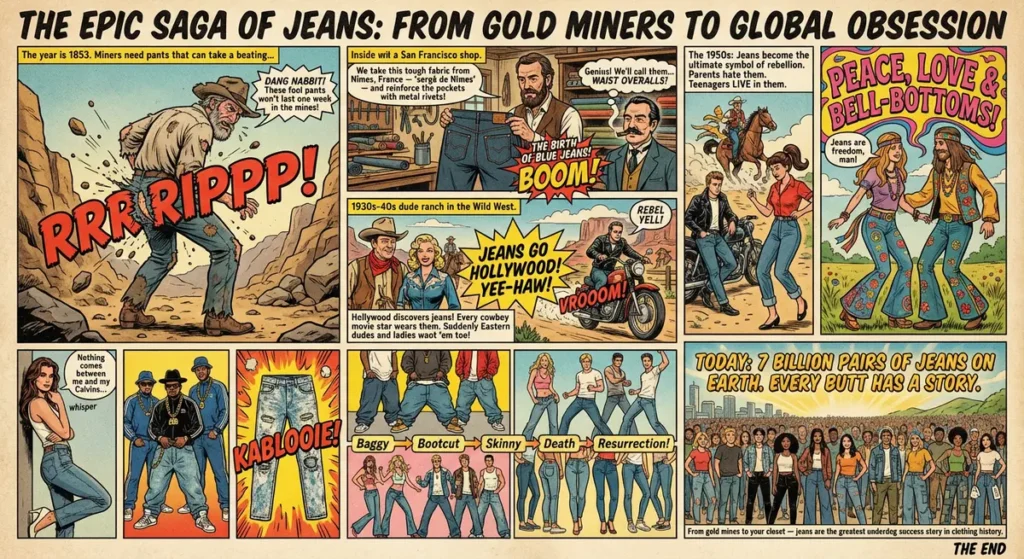
JEANS HISTORY START WITH FARMERS AND WORKERS
For many years, jeans have been strictly men’s clothes since their inception. At the same time, they couldn’t be seen on fashionistas because jeans were only worn for work, and it was in this role that they entered popular culture. Workers and farmers quickly recognized the benefits of jeans, which were long-lasting, comfy, and easy to clean.
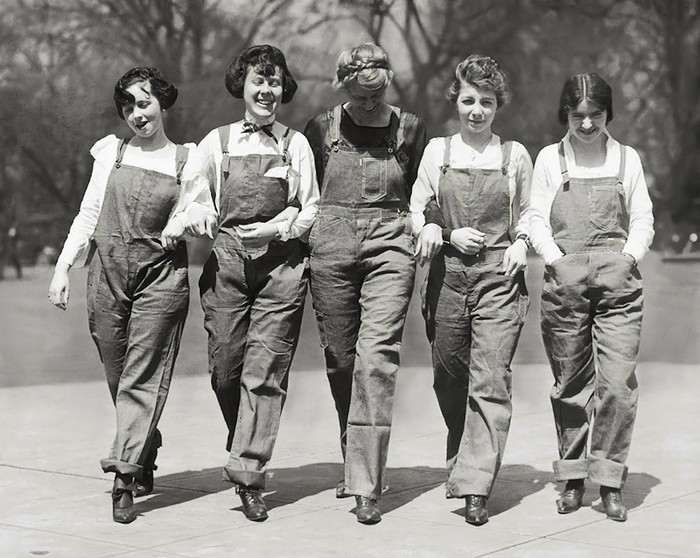
Later, the fair sex tried on work uniforms made of denim. True, the voluminous overalls with numerous pockets were preferred by the ladies. In the 1930s, several American manufacturers and factories made jeans their standard workwear.

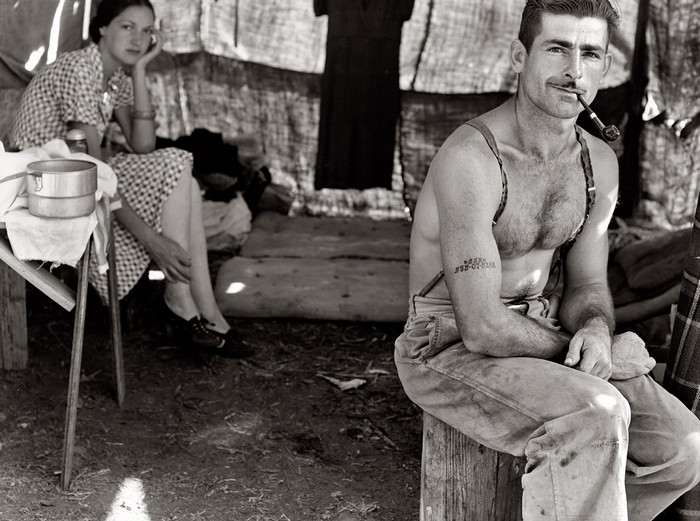
1940s IS TIME OF DECLINE
The difficult forties of the twentieth century were a period of decline in the history of jeans, which had just recently begun to gain popularity. These clothing’ manufacture has been kept to a bare minimum. Men who were at the front or were simply inducted into the army are the main customers of such clothing, but women saved the situation.
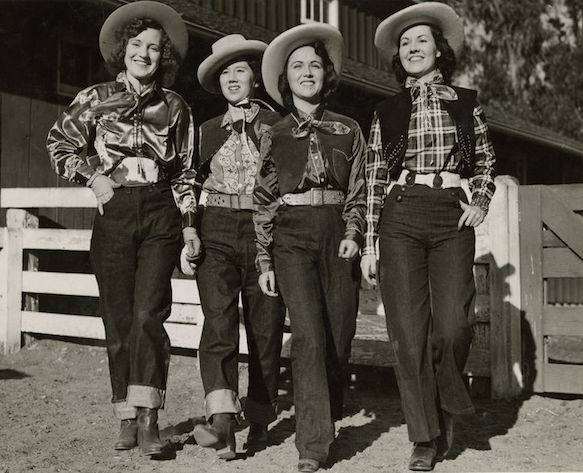
The popularity of this clothes among women grew even more, and the distinction between men’s and women’s denim goods was confidently eradicated. It was a time when women’s fashion took a lot of cues from men’s fashion, and it was at this time that jeans became a full-fledged unisex garment.
1950s: THE REBEL DECADE
Another facts in jeans history is that it regained popularity after World War II ended. However, for the first time, individuals began to wear pants and overalls made of dense cloth in everyday life, rather than in production. Rebels selected denim, and not just from working-class neighborhoods, but also from Hollywood.

Straight, tight medium-length jeans with creases at the bottom were popular during this decade. The entrances, on the other hand, were not the same as they are now. Some particularly fashionable women were able to tuck them down to the knee.
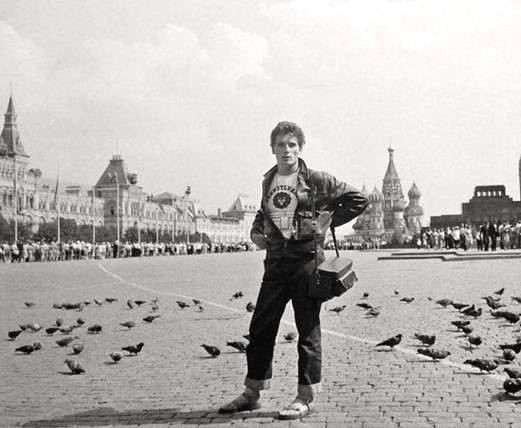
1960s : JEANS BECAME SYMBOL OF SWAG AND FASHION
Children born in the immediate aftermath of WWII had grown up by the early 1960s. They also launched a lot of exciting things, such as the sexual revolution and passive and active anti-war demonstrations. Fashion, of course, represented all socio-cultural trends.
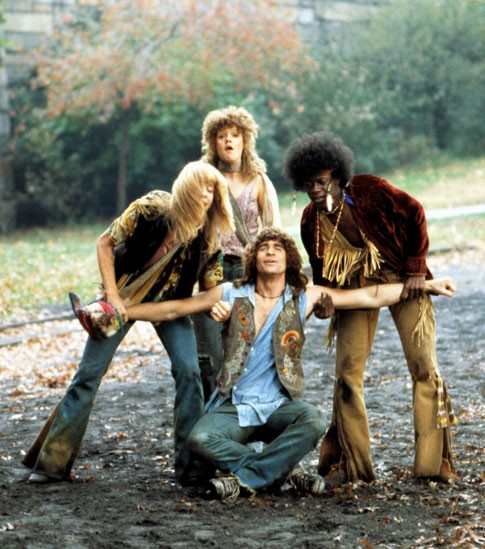
Women began to feel more liberated and self-assured, so they attempted to showcase their sexuality in every possible manner. Jeans were quite useful in this situation, since there were many different colors, models with designs and appliques, and the iconic “flares,” which have become a true symbol of the era.

1970s: TURNING POINT IN DENIM JEANS TRENDS
Several denim fans separated into two camps in the 1970s. Some fashionistas stick to the “bell bottoms” and hues, while others stitch in jeans, paint them black, cut them at the knees, and hang them with pins and chains.

The “punk” style is gaining popularity and has a bright future. Jeans are shrinking at an alarming rate, and fashion is getting combative.
1980s : THE CONTROVERSIAL DECADE
The most divisive decade in history is upon us, and it will not be limited to the fashion sector. All of the recent conquests have been mixed, and we can see gender equality, rebellion, and emancipation. This decade’s most fashionable models are becoming almost sexless.
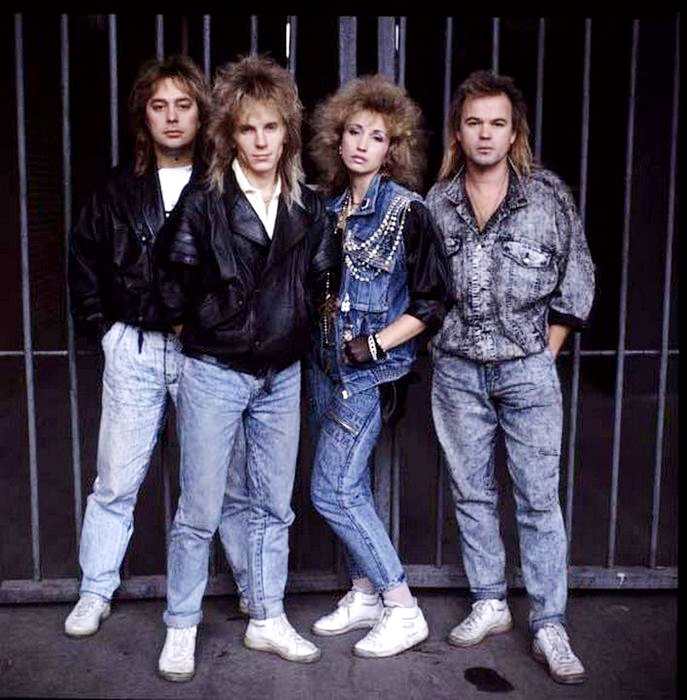

In the world of denim, the primary trends of the decade have been a high waist and a tightly covered behind. Only the iconic “varenki” were added to the cut jeans, but the punk style is still very much alive. They arrived with a several-year delay, shortly after the fall of the infamous “Iron Curtain“.
1990s: TV SHOWS, MODELS AND GLAMOUR
Jeans were the most popular clothing of the 1990s, and this is not an exaggeration. This decade’s fashion has been without precedent. handmade “varenki,” broad hip-hop harem pants, baggy grunge models with holes in the knees, high-rise models from Western TV series like “Beverly Hills“.
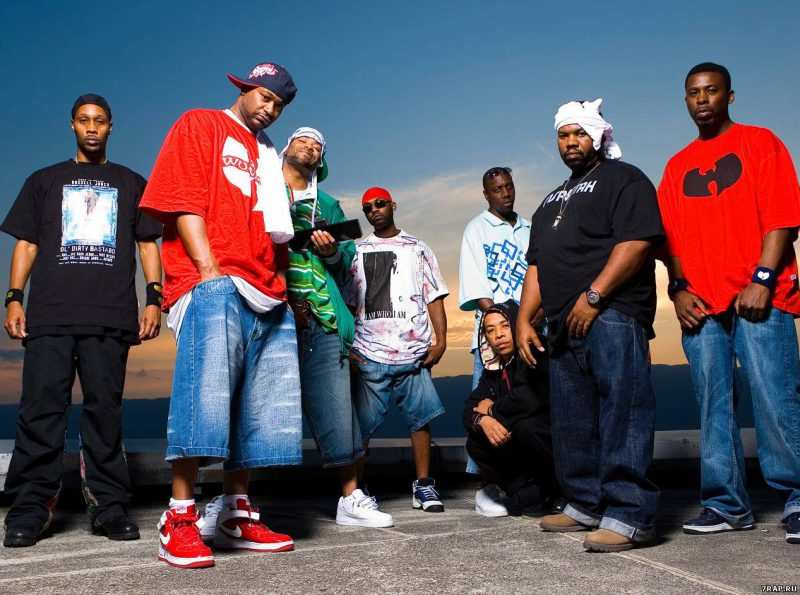
At long last, the post-Soviet area has levelled off with other countries and is now keeping up with global fashion. In terms of denim fashion, a decade may be summarized in one phrase: “the broader, the better“.

2000s: GENRE CRISIS
Everyone thought jeans couldn’t get any more absurd in the late 1990s, but this was a mistake. The noughties were the decade that gave denim fashion the most ridiculous and bizarre designs.
The most subtle models, a plethora of rhinestones, and, of course, denim Capri pants, which were worn everywhere from youth gatherings to respectable offices.

Thinking back, even if only for a decade, we can see how distasteful and even amusing all of this was. But don’t laugh since we have no idea what the near future holds for us.
2010s : JEANS ARE NOT LOOSE NOW
High-waisted “thin” models have ruled the denim fashion scene for the past 7-8 years. The tightest jeans have taken over the world of men’s fashion, starting with the women’s wardrobe. Free and democratic “boyfriend jeans” and “mom’s jeans,” both from the 1990s, should be mentioned among the decade’s female models.

Ripped grunge jeans haven’t changed much over the years, but they’ve kept their commonalities. Flares, which haven’t been observed in over 30 years, have resurfaced in the last couple of years. By the way, there are also utterly absurd models that no one would have imagined existed ten years ago.
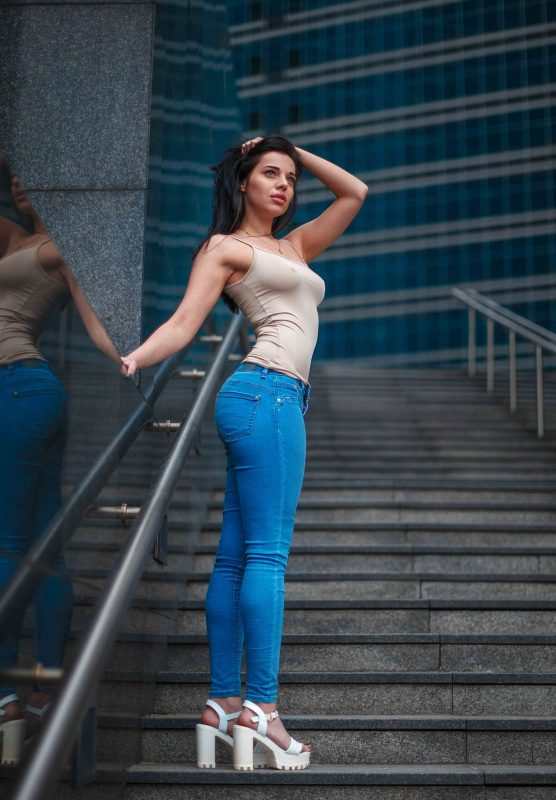

About the Author
Manish love to write and he is a Civil Servant. Users can follow Manish on Instagram ![]()
Who is Anastasia Kvitko ?
Prepare to be charmed by the ravishing allure of Anastasia Kvitko, the Russian fitness model…
How can I rename Labels in WooCommerce ?
To rename labels in WooCommerce, you can use a plugin like “Say What” or add…
8 Facts that you always think scientifically right but Wrong
Have you ever thought how much of what you’ve been told when you were a…
History Mercedes 320 [Mercedes-Benz W142] and Martin Bormann, connection to Führer
The luxurious Mercedes 320 (Mercedes-Benz W142) was a status symbol of the rich then and…
Do Older Girls Like Younger Boys more ? Celebs overviewed
Is it true that older girls or women like younger boys? Yes or NO, We…
What 15 Common Items are Not Permitted in North Korea?
North Korea often pops up in our minds as a mysterious place with a secretive…
